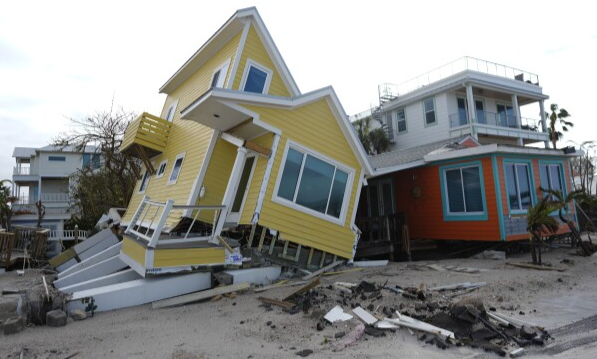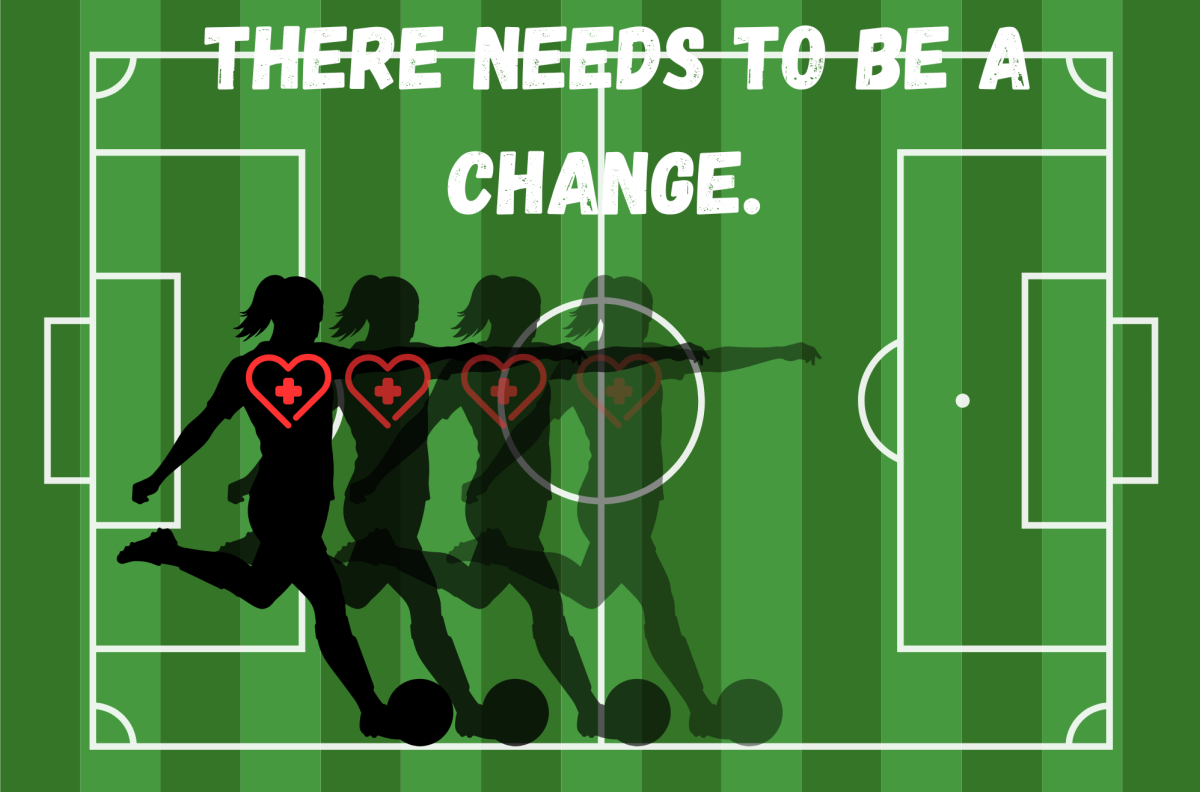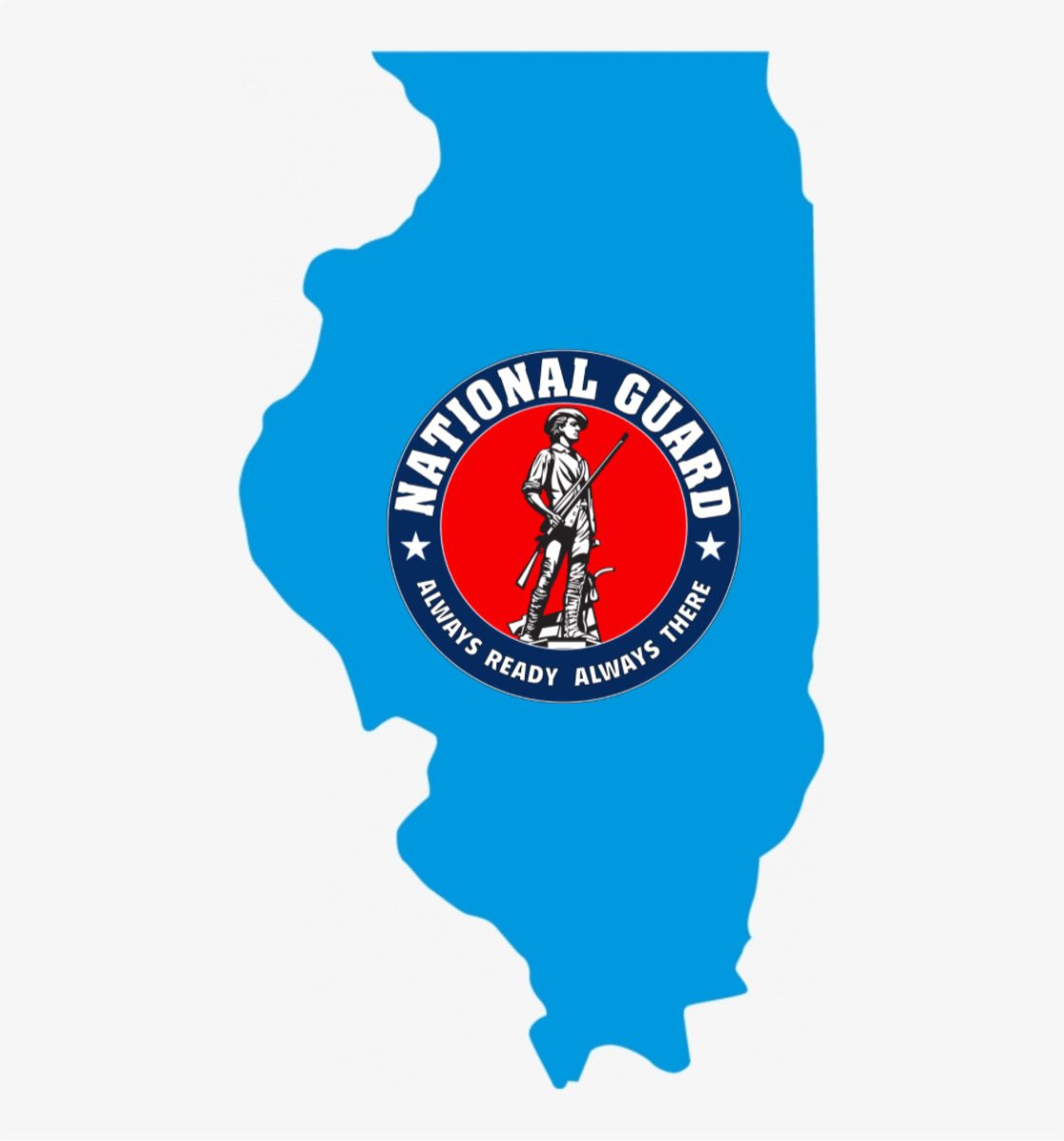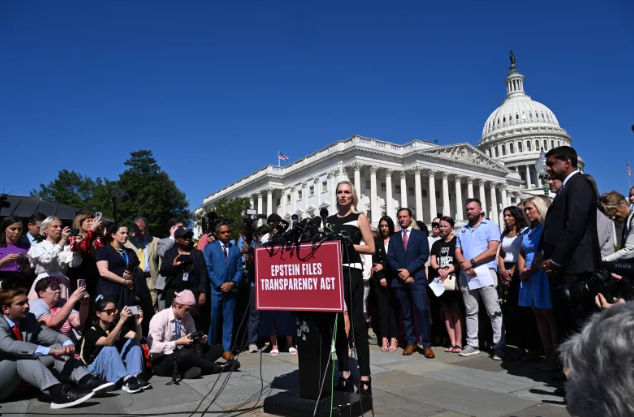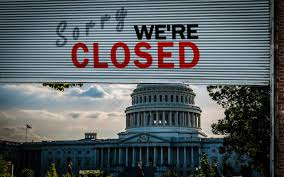Hurricane Milton made landfall near the Siesta Key, Florida, at 8:30 p.m. on Wednesday, Oct. 9. It landed as a Category 3 hurricane after reaching Category 5 winds of up to 180 mph in the days prior. It is the first hurricane to directly hit Tampa Bay since 1921.
Over the next few days, Milton caused 16 confirmed deaths, $351 million in property damage, and left over 3 million people without power. Unexpectedly, 14 separate tornadoes ripped away from the storm, contributing to the damage. Much of the infrastructure throughout West Florida has been destroyed, including roads that were completely torn apart. Thousands of homes experienced severe flooding, toppled cars, and fallen trees, which in some cases killed people in their homes. Many businesses were destroyed as well as a cultural landmark of the Tampa area: the Rays’ Tropicana Field, whose fiberglass roof was left in tatters by 120 mph winds.
Hurricane Milton has spurred many larger debates. Arriving just two weeks after the devastating Hurricane Helene, many scientists and environmental activists cite climate change and continue to urge long-term response. More politically, Donald Trump criticized the Biden administration’s response to the disaster, claiming they were diverting Hurricane response funds to illegal immigrants. Both President Biden and Vice President Kamala Harris denied these accusations, sparking discussions of misinformation and the intensification of partisan politics.
Hurricane Helene may be a pivotal opportunity for the country to reconsider its stances on climate change and the effectiveness of public officials in the face of natural disaster. In the meantime, communities in Florida face catastrophic damage, and look to rebuild.


